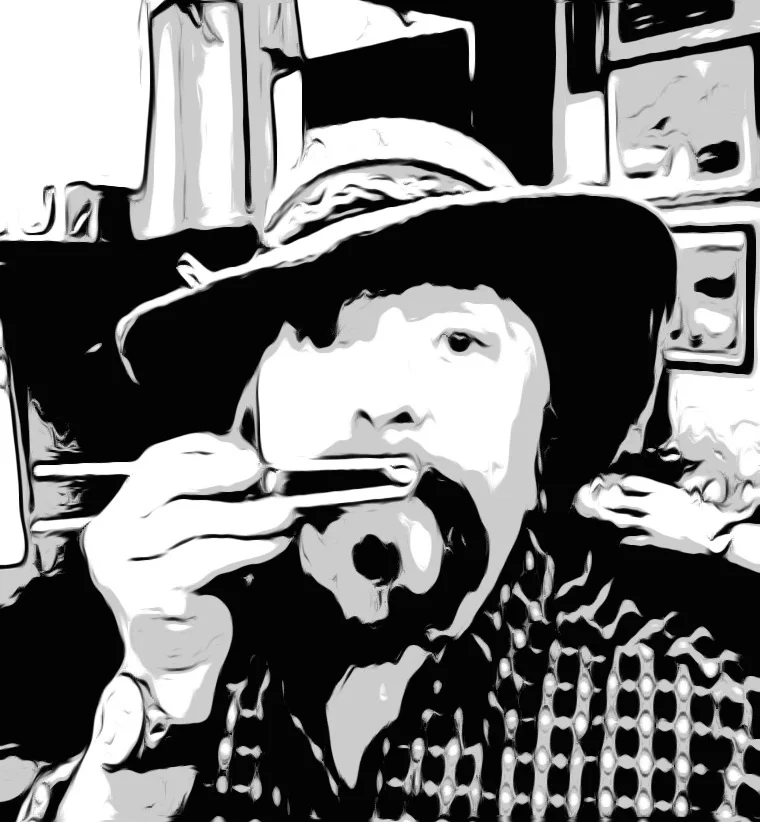The Underground World of the Wild Mushroom Trade
Each autumn, as heavy rains bring chanterelles and porcini out of dormancy, small signs reading “mushroom buyer” begin to dot the Redwood Highway leading into Willits, a Northern California town known equally for its trade in redwood lumber, marijuana, and wild mushrooms. Across the highway from Taco Bell sits a shady-looking motel, where Connie Green has set up shop at a folding table cluttered with plastic baskets, a scale, and a cash box, plus a plate of fine cheese to share. “I’m part of the slick, slick food world, New York and San Francisco and all that,” says Green, owner of Napa’s Wine Forest Wild Foods, which supplies mushrooms to chefs Thomas Keller and Masaharu Morimoto. Green’s long, sun-bleached locks and perpetually dreamy expression give her a fairy-godmother aura, though the fat stub of a cigar in the 66-year-old’s hand when I arrived in Willits last winter suggested other sides to this character’s character.
Green brokers mycorrhizal species, which depend on certain trees, in certain habitats, and thus can’t be cultivated like grocery-store buttons or shiitake. Her fungi require foraging, often on government land. And the Jackson State Forest near Willits proves a prime hunting ground for wild mushrooms both popular and rare, including sweet candy caps, enormous lobsters, and homely matsutake—with a scent that noted mycologist David Arora has described as “a provocative compromise between Red Hots and dirty socks.”
Many pickers, says Green, lead semi-nomadic lives, sleeping in cars or camping in the woods, because they’re unable to hold down normal jobs due to substance abuse, mental illness, or legal trouble with the IRS or INS. Some have been hiding out here since returning from the Vietnam War with the kind of deep psychological scars that stunt social reintegration. “This profession offers a sense of freedom. We’re an odd, spread-out family,” she explains of the vets, burned-out hippies, disaffected loggers, Mexican immigrants, and Cambodian and Laotian refugees who comprise the underground industry.
From “Mushroom Foraging: Farming to Forest Floor” by Brian Barth for Modern Farmer, 2016; Photo by Corey Arnold (@arni_coraldo)
#mushroom #shrooms #wild #ModernFarmer #trade #food #foodie #thomaskeller #California #NoCal #NorCal #Napa #Willits #MasaharuMorimoto #morimoto #forage #foraging #immigrants #refugees #Mexico #Laos #Cambodia #chanterelles #porcini #redwood #writing #story #stories #thestorybar







